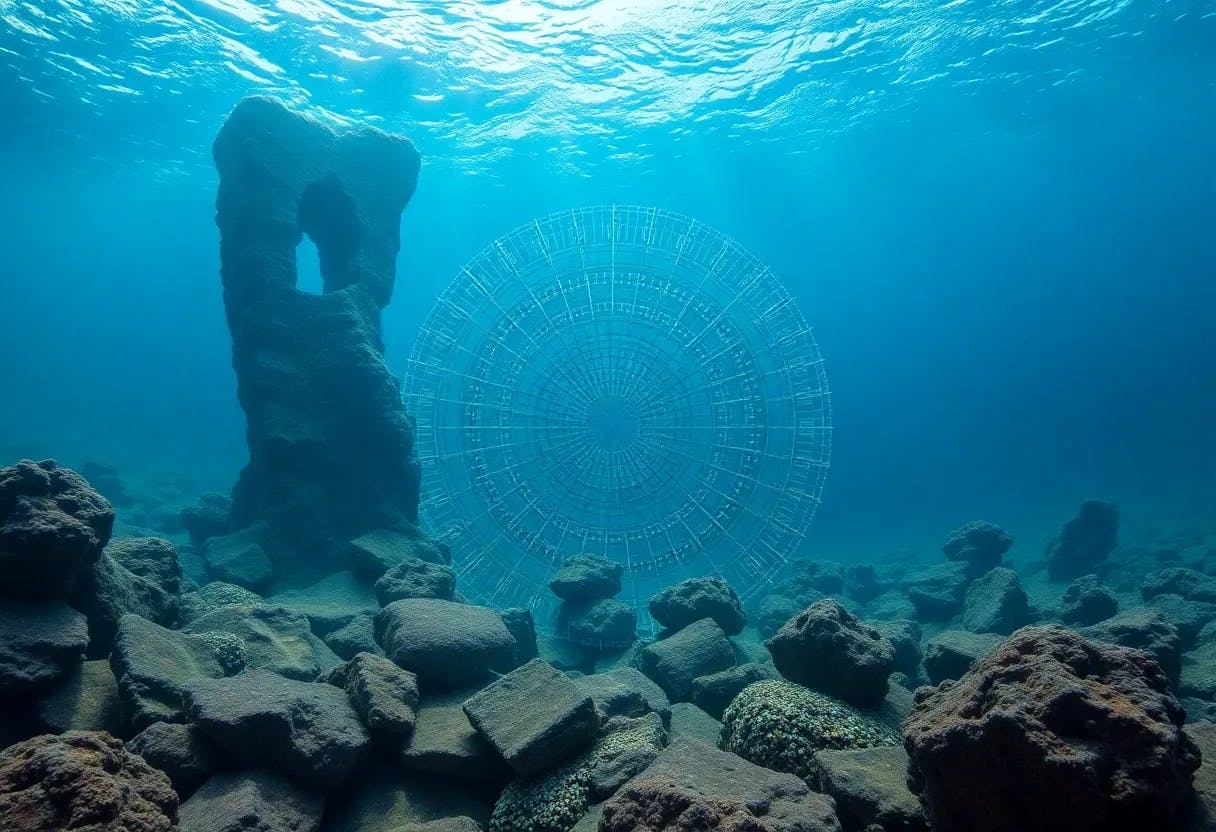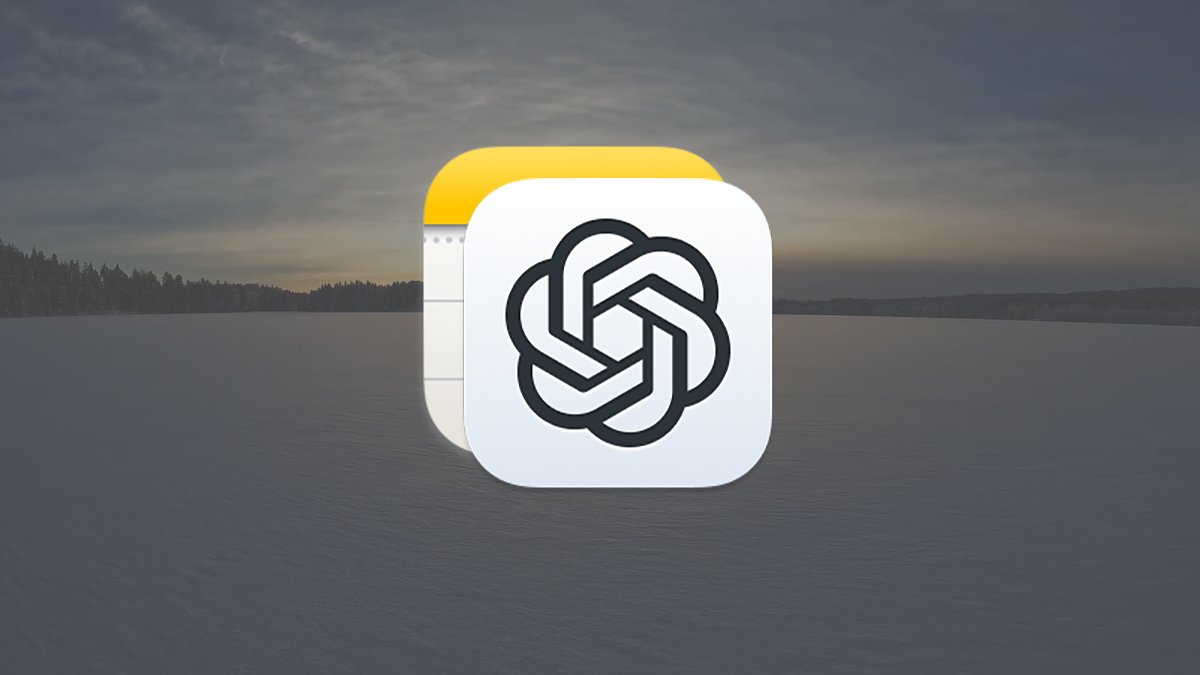Table of Links
Abstract and 1 Introduction
2 Related Work
3 Methodology
4 Studying Deep Ocean Ecosystem and 4.1 Deep Ocean Research Goals
4.2 Workflow and Data
4.3 Design Challenges and User Tasks
5 The DeepSea System
- 5.1 Map View
- 5.2 Core View
5.3 Interpolation View and 5.4 Implementation
6 Usage Scenarios and 6.1 Scenario: Pre-Cruise Planning
- 6.2 Scenario: On-the-Fly Decision-Making
7 Evaluation and 7.1 Cruise Deployment
7.2 Expert Interviews
7.3 Limitations
7.4 Lessons Learned
8 Conclusions and Future Work, Acknowledgments, and References
Scientific Visualization Techniques and Systems. Drawing inspiration from a rich history of scientific visualization challenges in analyzing environmental data [1, 27], DeepSee leverages a combination of multidimensional- and geo-visualization techniques to help scientists contextualize and explore multi-field data. To bridge the gap between understanding global phenomena and local subsets of interest (i.e. “details within context” [27]), we utilized selection and details-on-demand interactions to help users navigate geo-spatiotemporal visualizations of sampling history at multiple physical and temporal scales [3, 4, 14]. Once a local sample subset has been identified, DeepSee presents multi-field visualization techniques for comparison [17] at the data level in both 2D using juxtaposed bar charts and 3D using basic volume rendering techniques [13, 20, 44]. We further leveraged Value-Suppressing Uncertainty Palettes [11] to represent uncertainty as color for making sense of our simulated data interpolations in 3D. Our science team collaborators were familiar with GIS (Geographic Information Systems) such as ArcGIS2[] in their work, and compared them to the capabilities in DeepSee. However, while ArcGIS provides state-of-the-art capabilities for lab-based geo-spatiotemporal data analysis, it lacks out-of-the-box support for rapid data integration and visualization of point-based field sample data interpolations in 3D in context of their 2D geolocations. We aim to bridge this gap in the context of deep ocean fieldwork operations by combining on-the-fly 3D data interpolation capabilities as samples become available with fluid interactions [16] across side-by-side 2D and 3D views of the data, useful in both planning before fieldwork as well as for tactical decision making in the field. Our design work seeks to explore ways of interacting with and combining geovisualization and 3D data visualizations in a single interface, towards designing future fieldwork data visualization workflows.
Visualization Systems for Analyzing Oceanographic Data. Prior work in developing systems for visually analyzing and predicting ocean data spans multiple diverse use cases, such as forecasting ocean currents for oil exploration [23] and comparing multiple geospatial and temporal ocean simulation models at once [26]. One of the most widely used tools in the community is Ocean Data View [42], a general-purpose package for exploring multiparameter profile or sequence oceanographic data. Other tools present more specific task-based visualizations. For example, Ovis [24] is a visual analytics framework for investigating multivariate sea surface height data collected over time, while SeaVizKit [2] is a recent toolkit featuring interactive capabilities for visualizing ocean field data at multiple scales in the browser, similar to our browser-based approach. However, these systems and most others focus on visualizing ocean models, vector-based numerical models of ocean properties such as currents and their circulation. While we share many of the same challenges including the need for multidimensional views, quantifying uncertainty and supporting both scientific investigation and decision making [2], our collaborators’ task is to analyze point-based fieldwork samples collected from deep ocean sediments, which introduces new challenges in integrating 2D and 3D data as well as supporting fluid interaction [16] between these data at multiple spatial and temporal scales. Further, these systems introduce design principles for use during long-term, lab-based strategic analysis of data, while deep ocean researchers conduct expensive fieldwork that requires support for on-the-fly decision making. We build on these principles in DeepSee’s design by additionally supporting short-term, field-based tactical analysis of data during expeditions. By developing visualizations that can represent point-based sample data in context of the environment in multiple dimensions, we aim to learn broad principles for designing future visual analytics systems that support fieldwork-driven research.
Visualization Design Studies in Fieldwork Contexts. Data visualization often engages with a broad range of disciplines through a design study methodology [43], a problem-driven research framework used to systematically apply visualization techniques to an application area and evaluate the solution with real users. Examples of visualization design studies can be found in domains such as energy analysis and modeling [18], cybersecurity [33], and manufacturing [15]. Our design study sought to combine data visualization and human-centered design in the context of scientific fieldwork operations, or processes that are time-sensitive, action-oriented, and involve assessing risk and impact across multiple scenarios [9]. There is a growing body of literature on design principles for building visual analytics systems in the context of science operations that stresses human-centered design and information visualization as both the method and outcome, helping scientists gain insight into their own workflows by seeing the problem through a different lens [9, 21]. For example, MOSAIC Viewer [5] is a visual analytics system that utilized a human-centered design methodology to help human operators make sense of multiple robots’ scheduling decisions and synchronization, while reducing the time and difficulty associated with previous operations. Specifically in fieldwork-driven ocean science research, DeepSee seeks to expand on human-centered approaches to geovisualization design [28] that put scientists in the driver’s seat for interacting directly with the algorithms that enable data exploration and analysis.
[2] https://www.arcgis.com/index.html
Authors:
(1) Adam Coscia, Georgia Institute of Technology, Atlanta, Georgia, USA ([email protected]);
(2) Haley M. Sapers, Division of Geological and Planetary Sciences, California Institute of Technology, Pasadena, California, USA ([email protected]);
(3) Noah Deutsch, Harvard University Cambridge, Massachusetts, USA ([email protected]);
(4) Malika Khurana, The New York Times Company, New York, New York, USA ([email protected]);
(5) John S. Magyar, Division of Geological and Planetary Sciences, California Institute of Technology Pasadena, California, USA ([email protected]);
(6) Sergio A. Parra, Division of Geological and Planetary Sciences, California Institute of Technology Pasadena, California, USA ([email protected]);
(7) Daniel R. Utter, [email protected] Division of Geological and Planetary Sciences, California Institute of Technology Pasadena, California, USA ([email protected]);
(8) John S. Magyar, Division of Geological and Planetary Sciences, California Institute of Technology Pasadena, California, USA ([email protected]);
(9) David W. Caress, Monterey Bay Aquarium Research Institute, Moss Landing, California, USA ([email protected]);
(10) Eric J. Martin Jennifer B. Paduan Monterey Bay Aquarium Research Institute, Moss Landing, California, USA ([email protected]);
(11) Jennifer B. Paduan, Monterey Bay Aquarium Research Institute, Moss Landing, California, USA ([email protected]);
(12) Maggie Hendrie, ArtCenter College of Design, Pasadena, California, USA ([email protected]);
(13) Santiago Lombeyda, California Institute of Technology, Pasadena, California, USA ([email protected]);
(14) Hillary Mushkin, California Institute of Technology, Pasadena, California, USA ([email protected]);
(15) Alex Endert, Georgia Institute of Technology, Atlanta, Georgia, USA ([email protected]);
(16) Scott Davidoff, Jet Propulsion Laboratory, California Institute of Technology, Pasadena, California, USA ([email protected]);
(17) Victoria J. Orphan, Division of Geological and Planetary Sciences, California Institute of Technology, Pasadena, California, USA ([email protected]).











